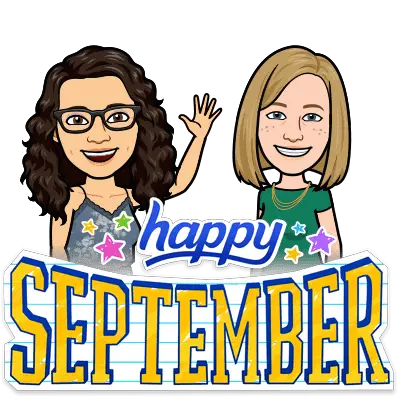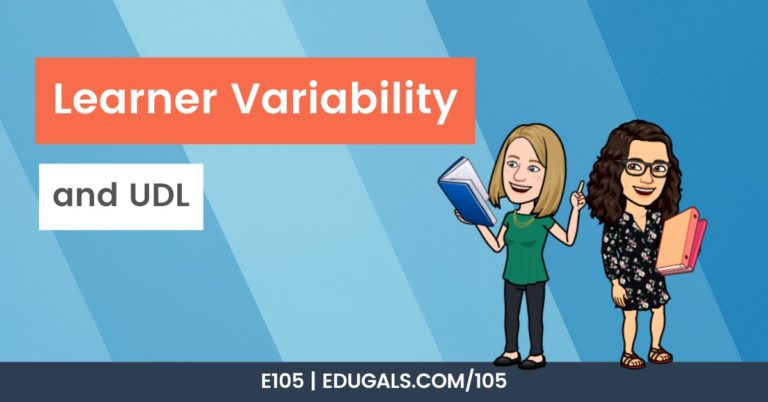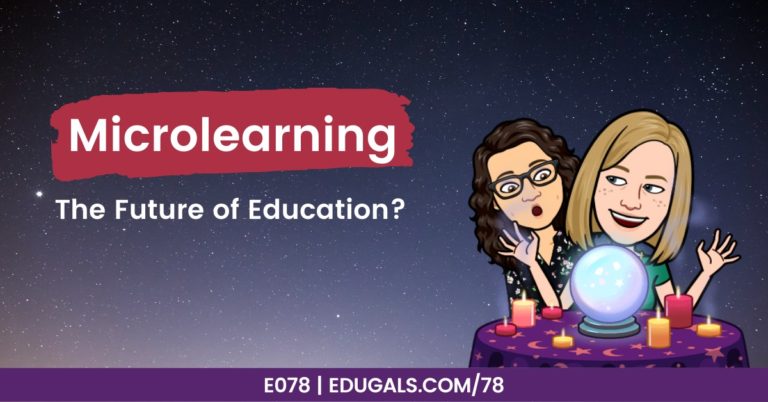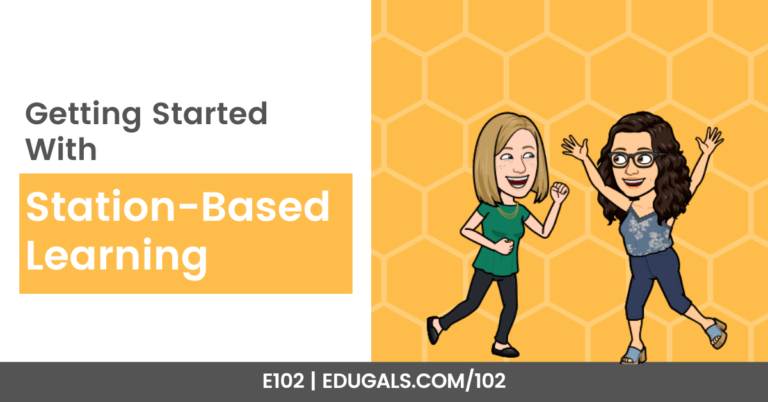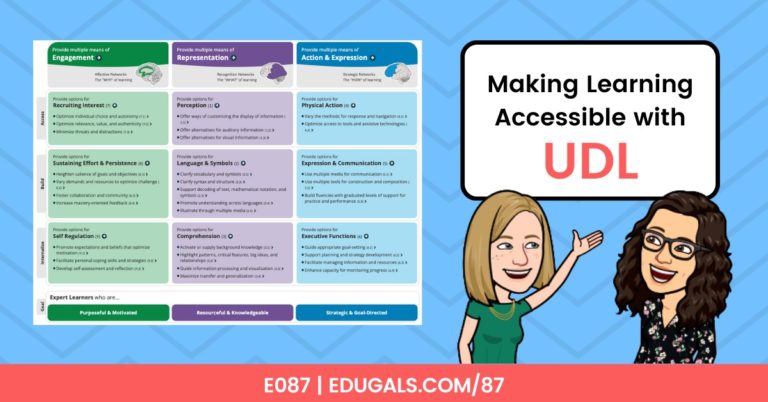[podcast_subscribe id=”7428″]
In this episode, we talking all about how to get ready for the new school year. We will share some reminders and some suggestions of things to consider as you start to plan and get back into the school mindset.
If you like what you hear, we would love it if you could share this episode with a colleague or friend. And make sure you subscribe so that you don’t miss out on any new content! And consider supporting the show by buying us a coffee or two!
We would love to hear from you – leave a comment on our website OR check out our FLIP!
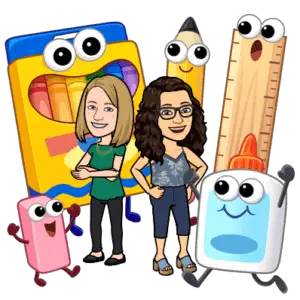
Show Notes
This week, we are talking all about how to get ready for the new school year. We are quickly approaching September start up, and this is top of mind for us at the moment! The summer has flown by so quickly, and we are already at the point of the summer where it’s like a switch has been flipped, and it’s time to start thinking and planning for the school year!
Some schools/districts have already started, however we have until September for our school year to begin. With that in mind, we thought we would share some of the different ways to get back into that mindset, and how to get planning for a hopefully consistent school year.
We will share some different tips, tools and reminders to help get you started!
Set Priorities & Big Picture Plans
Sometimes we can have some wild and crazy ideas that, while they are fantastic, may need to be reined in a bit and made more realistic. Take some time to prioritize big picture goals or ambitions, and start working towards those that are most important to you. You likely won’t be able to accomplish it all, but that’s okay – small changes add up quickly and can have a huge impact on students’ success.
One way to rein it in a bit and find a focus is to do some long range planning. Big picture planning can help to make the day-to-day planning easier. Knowing your long range plans and/or goals for your courses makes the day-to-day more manageable since you know what you want your students to be able to accomplish.
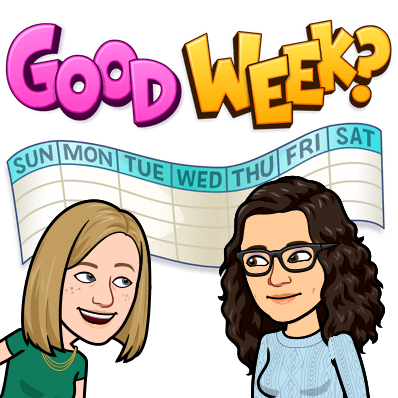
Are you new to teaching? Don’t panic if you don’t have long range plans yet! It’s totally normal in the first couple of years of teaching to have more short terms plans, and to be planning day to day, week to week. Lean on your colleagues, and give yourself permission to figure things out at your own pace.
It’s also important to remember that long term plans don’t make them concrete. Long term planning is a way to look at the calendar, figuring out the topics or skills that need to be covered, and the order in which they will be covered – that’s it!
Long term planning can also be brainstorming outcomes or projects for your course so that you can then work backwards to determine the skills needed to accomplish those projects. You don’t have to have every single step planned out prior to the year starting – knowing where you’re going is a great place to begin!
To be honest, you’ll want to take time to get to know your students and figure out who they are, what they know, and how they learn! From there, the details will work themselves out.
Both of us are implementing mastery-based learning in our classrooms, and so it brings with it a different way of thinking and planning, and has a lot more flexibility with it. The day-to-day plans aren’t nearly as structured or solid since it is done in cycles or modules.
No matter what type of classroom, or how much planning you get done, just remember that growing pains will happen, and you should expect them if you are trying something new! Don’t stress the mistakes or “failures” – these make us better educators!
Helpful Tools for Back To School
There are so many different edtech tools out there, so we thought we should share out some tools for you to consider or try in your own classroom. Many of these we have spoken about in the past, but if you are new to our podcast, or just in case you haven’t used these yet, we thought we would mention them.
Regardless of which tools you use, try to be consistent with students and stick with a tool that is easy to use.
If your Board or District is like ours, you’ll want to check to see if there is an approved list of tools for student use. If not, you’ll still want to check the privacy and data collection policies to help keep students and their identities as protected as possible.
Screencasting Tools
There are many different tools that offer screencasting. Some of these tools are:
- Screencastify
- One of our fav tools! Check out Episode 02, Episode 34 & Episode 64
- Loom
- Free educator premium upgrade!
- Screencast-o-matic
- Creates auto captions – may have to fix a bit, but great option!
- Explain Everything
- Cost for this, however it’s a great option for math and/or science teachers in particular
- OBS Studio
- Much more high tech and complex to use, but great results!
These are all screen recording apps or tools that allow you to record yourself (webcam) and your screen at the same time.
Teacher use: The teacher can use a screencasting tool to record a lesson (keep it short!), feedback video, assignment instructions, etc.
Student use: Presentations – great way to get students comfortable with presentations and speaking in front of others!
Google Slides
We often talk about Google Slides, however this powerful tool is worth mentioning, especially if you are doing mastery-based learning in your classrooms! It’s a great way to create a hyperdoc for students to easily access and follow. You can embed your instructional videos, hyperlinks, etc – so many options compared to Docs.
It’s also more student-friendly and visually appealing. To be honest, students tend to gravitate more towards Slides vs Docs with hyperdocs. Having the smaller, more manageable slides makes it easier and less overwhelming for students.
Seems strange, but Slides tends to win over Docs for students.
Is it the same for you and your students? Let us know!
Learning Management System (LMS)
Another tool that is really important for students to learn and know how to navigate and use is your LMS. This could be Google Classroom, Brightspace, Canvas, etc. Regardless, take the time to make sure each and every one of your students knows how to access course materials, submit assignments, etc.
Should we have to go online again (knock on wood that it doesn’t happen), you want your students to know how to use it, so take the time!
As you are setting up your LMS, make sure it’s easy for students to navigate. For example, in Brightspace, you may choose to exclude the dropbox feature, and instead use the Google Assignments add-on that places it it right within the content area of the course. This keeps everything within one spot, minimizing clicks and confusion.
Plus, it’s also a nicer way to mark with Google Assignments versus Drop box! It is exactly like marking in Google Classroom – simple to use, easy to comment, hand back, etc.
Keep navigation minimal and simple – there’s no need to include too many buttons or menus – less is more! That being said, personalize it a bit – change your header, make it look welcoming and visually appealing! A little can go a long way.
Community Building
The first couple of weeks of school is the perfect time to get to know students; let them get to know us as well as their peers; and figure out what they know, and how you can help them learn! Strong connections lead to more effective education.
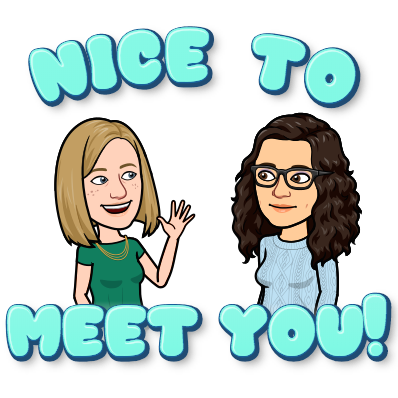
This is going to look differently in different courses; it could be a variety of hands-on projects, group activities, labs etc. in a science class; it could be small/big group conversations, journals (which the teachers responds to after each entry), etc. in an ESL classroom, and then getting students comfortable with the school community.
Take the time, particularly for grade 9s and newcomer students, and help them to get comfortable with you, their peers, the school and the learning spaces within the building, and who to connect with in the building.
Community building activities don’t have to be a time-consuming process; it can be something as simple as a five minute activity or question to start off the class. Simple and quick activities done throughout the semester are extremely effective ways to build a strong classroom community. Make sure that you, the teacher, participate as well – it humanizes the teacher!
We know that community building may seem silly or unnecessary, but they help build trust and stronger connections, which then help students to take more risks in your classroom.
Community building shouldn’t just be in our classrooms. As you start off the new school year, consider breaking out of the traditional department silos and getting to know the rest of your colleagues in the building. Every department and staff member offer a different perspective, and have something to offer to everyone else in the building, regardless of teaching area. It’s great to get to know others and see what others are doing in their classrooms – it is such a nice way to get to know others and learn from each other at the same time!
A strong staff culture and community is really important, and affects the overall success of our students and school community.
Self Care
While it may not seem like an obvious topic for back-to-school conversations, it’s important to consider the ways that we take care of ourselves. If there’s anything that we have learned over the last couple of years, it’s that we often do not take the time to check in with ourselves and to ensure that we are doing things to help us de-stress and relax outside of work.
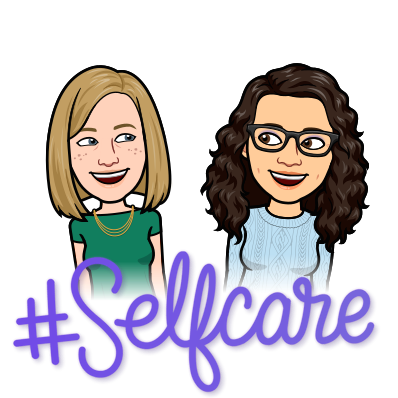
You can’t wait until you burn out to start self care. You need to figure out what works for you, and you need to set aside time every day/week. It can be difficult to maintain self-care routines once school starts, especially if you have just recently started an activity during the summer months, but it’s so important to carve out that time and stick with these routines to help take care of yourself.
Once you are back to work, it is difficult to reestablish your routines and build up a schedule that will work with your commute, work hours, etc. Give yourself a couple of weeks before school to wake up at your normal work-week time, and start building in a schedule of self-care.
You may also want to consider creating a to-do list (Todoist is a great app to check out!). This way you are prioritizing yourself and the items on your daily to-do list, and it will help you to form a routine.
Regardless, figure out what kinds of activities will help you to reduce stress and help you focus on you – it could be yoga, mindfulness, weight lifting, reading, music . . . the options are endless! Find your self-care activity, and focus on making yourself a priority.
